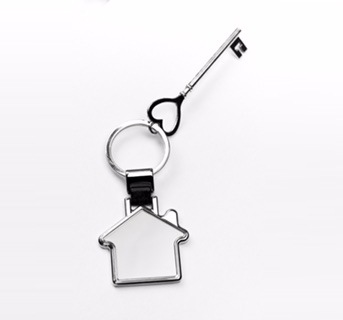Guide to purchasing a repossessed property
Due to the last few years of economical crisis, we have seen an increase in properties being repossessed by lenders. Indeed, many homes have been repossessed due to homeowners falling on hard time and not keeping up with their mortgage payments. While house repossession should always be the last resort for mortgage lenders, it is sometimes inevitable and can cause great distress to the owner of the property being repossessed.
However, as far as property investors are concerned, repossessed homes can seem like an attractive investment. When a bank or building society decides to repossess a home, it has a responsibility to sell it for as much as possible but the truth is they actually often want to get rid of the repossessed property as quickly as possible so the price of the repossessed home can be lower than their actual market value. The other advantage is that there is no chain involved which makes the transaction much smoother and inevitably quicker.
But be aware, house repossessions aren’t always the fantastic property investments they claim to be. For a start, they are often in need of refurbishment: we have seen many cases where the previous owner has stripped out all the fixtures and fittings before handing over the keys! So be sure to factor in the cost of repairs and always take a builder along to the property to get an estimate on what the work might cost. Check the location, transport links, and verify the actual market value of the property against the asking price for the property to verify if you are getting a bargain or not! To verify the market value, look at the Land Registry and prices properties have sold for in the street the property is located. Get a survey done on the property to avoid any nasty surprise! It’s all very well getting the property 15% below value but if a major repair on the roof is needed for example, the saving you think you have made will soon evaporate…
Always make sure the rental market is buoyant in the area the property is located and call rental agents to establish the monthly rental income you can expect to receive. Calculate the rental yield (monthly rent x 12 divided by the price of the property x 100). Any rental yield above 8% is considered a good yield. Anything less than 5% is currently very poor. So the bottom line is, if you are considering purchasing a repossessed house or apartment, make sure to do your homework.
Also remember that a repossessed property stays fully marketed until it is actually sold. Any new price offer also has to be advertised so anyone could come and ‘gazump’ you at any time before exchange of contracts has taken place, even if your offer has already been agreed. This could leave you in a position where you pay for a full mortgage application including survey, as well as searches, solicitor’s fees and any legal indemnity policies required due to the property being “sold as seen” and be gazumped right at the point of exchange.
A better option in our view, is to look at pre-repossession property as it can give you all the advantages of a repossessed property (low price, excellent investment) without the problems associated with all repossessed houses for sale. For details of all our pre-repossession houses for sale call us on 0208 339 6777 or register your details and receive our latest repossessed properties.


